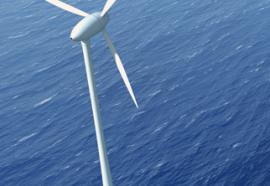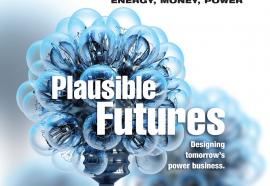The NOPR Was Late
But transmission planning, as we know it, may never be the same.
The recent landmark ruling on transmission planning cost allocation, known as “Order 1000,” and issued by the U.S. Federal Energy Regulatory Commission in late July 2011, could well produce an unintended side effect — the formation of regional compacts among states to identify needs and plan for development of new power plant projects.









